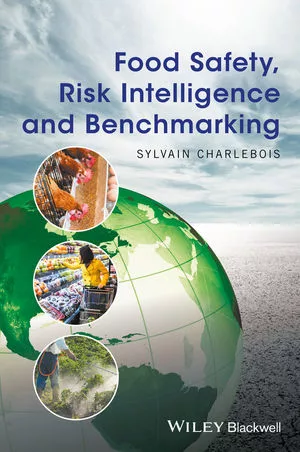FSIS: Food Safety Data Sharing to Help Consumers Make Informed Choices

The U.S. Department of Agriculture’s (USDA’s) Food Safety and Inspection Service (FSIS) has plans to begin sharing new levels of food safety data specific to slaughter and processing facilities in the United States, on Data.gov. This move will allow consumers to make more informed choices, motivate individual establishments to improve performance, and lead to industry-wide improvements in food safety by providing better insights into strengths and weaknesses of different practices.
“FSIS’ food safety inspectors collect vast amounts of data at food producing facilities every day, which we analyze on an ongoing basis to detect emerging public health risks and create better policies to prevent foodborne illness,” says USDA Deputy Under Secretary for Food Safety Al Almanza. “Consumers want more information about the foods they are purchasing, and sharing these details can give them better insight into food production and inspection, and help them make informed purchasing decisions.”
The new datasets will begin to publish on Data.gov on a quarterly basis starting 90 days after publication in the Federal Register. Initially, FSIS will share information on the processes used at each facility, giving more detail than is currently listed in the searchable establishment directory, as well as a code for each facility that will make it easier to sort and combine future datasets by facility. Additionally, FSIS will release results for Listeria monocytogenes and Salmonella in ready-to-eat products and processed egg products.
On a quarterly basis, FSIS will then begin to share other datasets, including results for Shiga Toxin-producing Escherichia coli and Salmonella in raw, nonintact beef products; results for Salmonella and Campylobacter in young chickens and young turkeys, comminuted poultry, and chicken parts; routine chemical residue testing data in meat and poultry products; and advanced meat recovery testing data.
Criteria such as data availability and possible impact on public health will be considered by FSIS to determine which datasets are best suited for future public release. User guides that provide context to the data will be included with each dataset.
Sign up for Food Safety Magazine’s bi-weekly emails!
Looking for quick answers on food safety topics?
Try Ask FSM, our new smart AI search tool.
Ask FSM →








